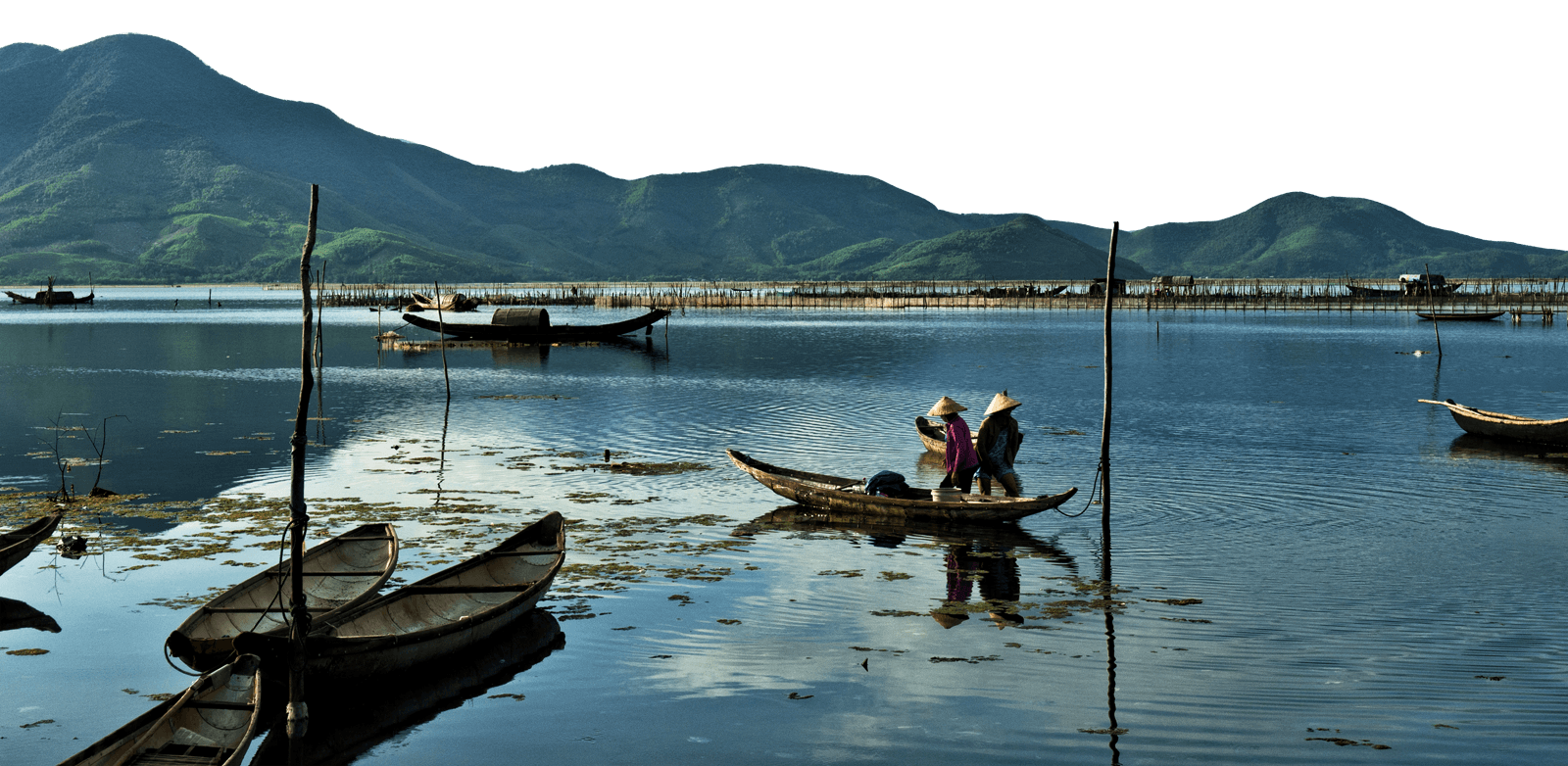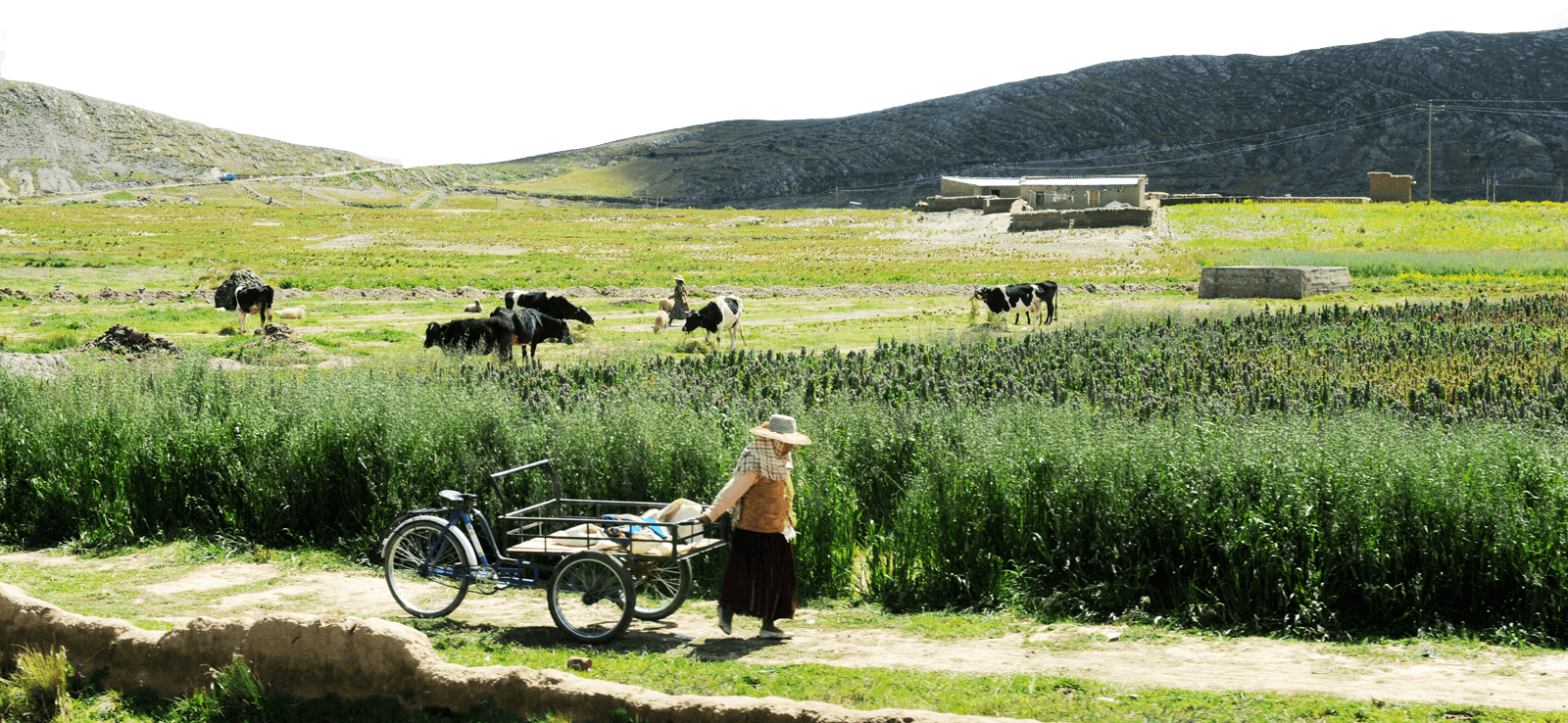Fair to the Last Drop: The corporate challenges to fair trade coffee
November 2007, Development Report No. 17
Coffee, Poverty and Crises
Coffee has long stood for both privilege and poverty. Since the time of the colonial coffee booms of the mid 1800s, coffee has been one of the world’s most valuable export commodities, and today is among the top five in gross value of world trade. Worldwide, 25 million people earn their livelihoods from coffee farming, supplying an estimated 500 billion cups of coffee to consumers each year (Public Broadcasting System 2003). However, wealth generated from the coffee trade is not equitably distributed: the price paid for a cup of coffee in the U.S. exceeds half the daily income of many small-scale coffee farmers. Workers on large coffee plantations often earn less than $2.00/day. Typical of the “resource curse” common to oil and gold-producing countries in the Global South, many coffee-producing countries are among the poorest. Ethiopia, the birthplace of coffee, is one of the world’s oldest civilizations. Its quality Sidamo beans can fetch up to $25/lb. at Starbucks. Yet, Ethiopia’s 1.2 million smallholder coffee farmers earn less than $2/day and the country’s per-capita GDP is $130—one-fifth the Sub-Saharan Africa average (World Bank, 2007).
Worldwide, 25 million people earn their livelihoods from coffee farming, supplying an estimated 500 billion cups of coffee to consumers each year.
In an attempt to control fluctuating prices, producing countries signed the first International Coffee Agreement (ICA) in 1962, setting up an export-quota system to control the international coffee supply. A series of ICA agreements and extensions helped producing countries stabilize coffee prices for over two and a half decades. However, after a string of failed agreements and under pressure to deregulate, in 1989 the ICA system fell apart. Without the supply management of the ICA, the price of coffee began to fluctuate at the whim of global markets. The price dropped in the early nineties, recovered briefly, then plunged to a thirty year low in 2001 and 2002, and has only marginally recovered since.
The collapse of coffee prices devastated the local economies of the world’s 25 million coffee farmers. With prices that were far below the cost of production, the living conditions of peasant coffee farmers in Latin America, Africa, and Southeast Asia worsened. Many could not meet their basic nutritional needs. This sudden plunge into extreme poverty became known as the “coffee crisis” (Gresser and Tickell, 2002).


 Help Food First to continue growing an informed, transformative, and flourishing food movement.
Help Food First to continue growing an informed, transformative, and flourishing food movement.




